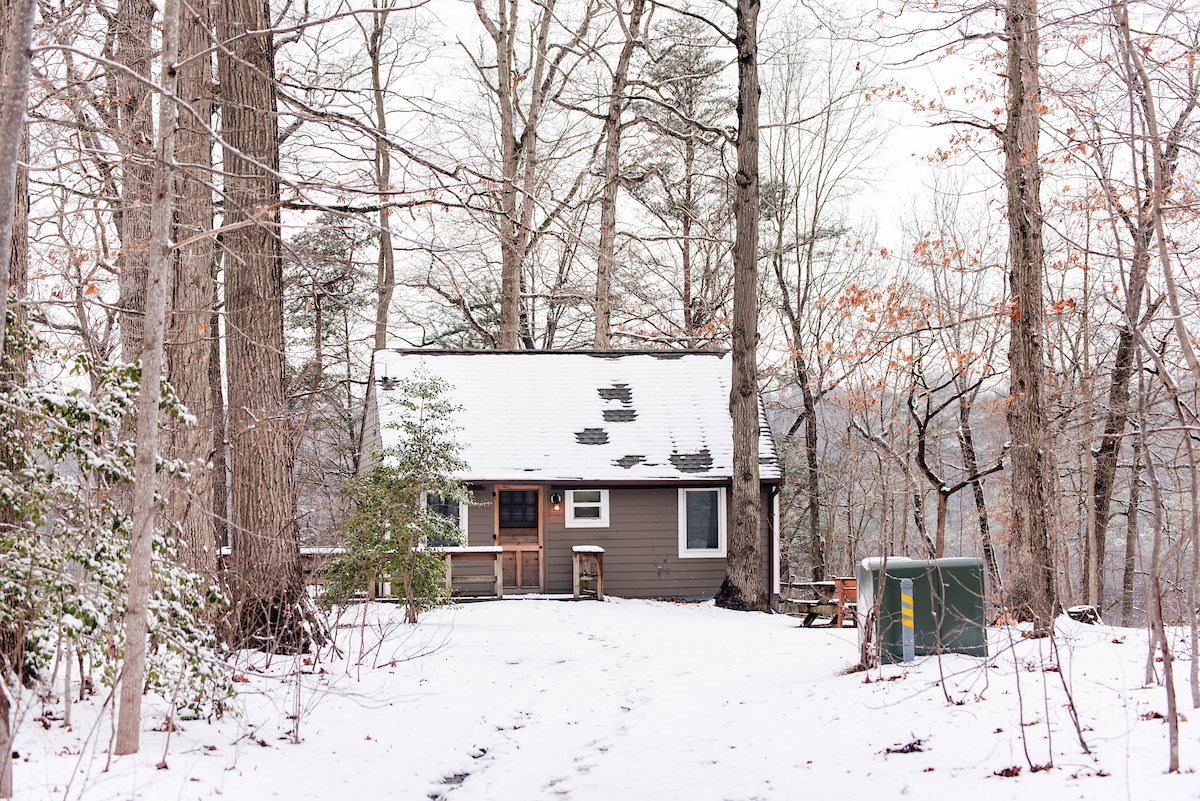
March 24, 2020
By Tyler Dreiblatt, Interpretive Programs Manager at Fort Miles Museum and Historic Area
Did you know… there were drones at Fort Miles during World War II?
We’re all familiar with drones, the remote-controlled craft that take pictures, make deliveries, perform stunts, and more. They seem like technology straight out of a sci-fi movie, but did you know drones date back to the mid-1930s? World War I saw the first widespread use of airplanes during combat. The new threat of aerial attack required a new type of defense, and many countries began to form anti-aircraft artillery (AAA) units. However, a problem soon arose: how do you train these units? After all, you can’t have them shoot down your own manned planes. So, what to do?
The first attempt at a solution was to tow targets using long wires attached to the back of a manned plane. This worked, but it still put the pilot in a risky position. In 1935, the British military came up with a better fix. They took a training aircraft called the Tiger Moth, scooped out the pilot seat, added a radio-controlled steering system, and renamed it the Queen Bee. With no pilot inside, the plane could be used for target practice without any worry about loss of life.

Photo: Winston Churchill in front of a Queen Bee, June 6th, 1941. The plane reminded pilots of a drone bee: a mindless worker that made only a single flight. The name “drone” stuck, and now most unmanned aerial vehicles are called drones. Photo courtesy of the Imperial War Museum.
Meanwhile in the United States, a former soldier and actor named Reginald Denny realized that smaller radio-controlled planes could be just as good for target practice, while also saving materials. He began designing and demonstrating radio-controlled model airplanes to the U.S. Army, and in 1940 secured a contract. His design was called the Radioplane OQ-2, and nearly 15,000 were produced during WWII.

Photo: Before becoming “Marilyn Monroe,” Norma Jeane Mortenson was photographed working in an OQ-2 factory by David Conover for Yank magazine in 1945.
This is where Fort Miles comes in. Although primarily designed to defend against enemy ships, Fort Miles was also armed with anti-aircraft artillery. The soldiers manning these guns needed to be ready at a moment’s notice, which meant they had to train regularly. Their targets were OQ-2 radioplanes.
At first, the radioplanes were operated by Civil Air Patrol (CAP) crews based out of Rehoboth Beach. These were civilians with piloting or aircraft maintenance experience who volunteered to help the war effort. They flew OQ-2s on target practice flights, and repaired and maintained any that made it back from training. CAP crews were responsible for the majority of drone target training conducted at Fort Miles during WWII.

Photo: An un-identified CAP crewmember working on an OQ-2 near Rehoboth Beach. Photo courtesy of Delaware State Parks Cultural Resources Unit.
The military eventually created specialized units to fly target training drones. By 1952, units like the 208th AAA Target Group were flying drones over an AAA training site at Bethany Beach (where the current National Guard area is located). In 2016, an engine from one of these drones was discovered on the beach; this engine is currently in the process of being restored, and we hope to eventually feature it in the Fort Miles Museum.
No matter who flew them, the drones of the 1940s kept AAA crews sharp and prepared. The next time you hear a drone buzzing through the air, think of the important work early drones performed helping to keep Fort Miles and Delaware secure.


